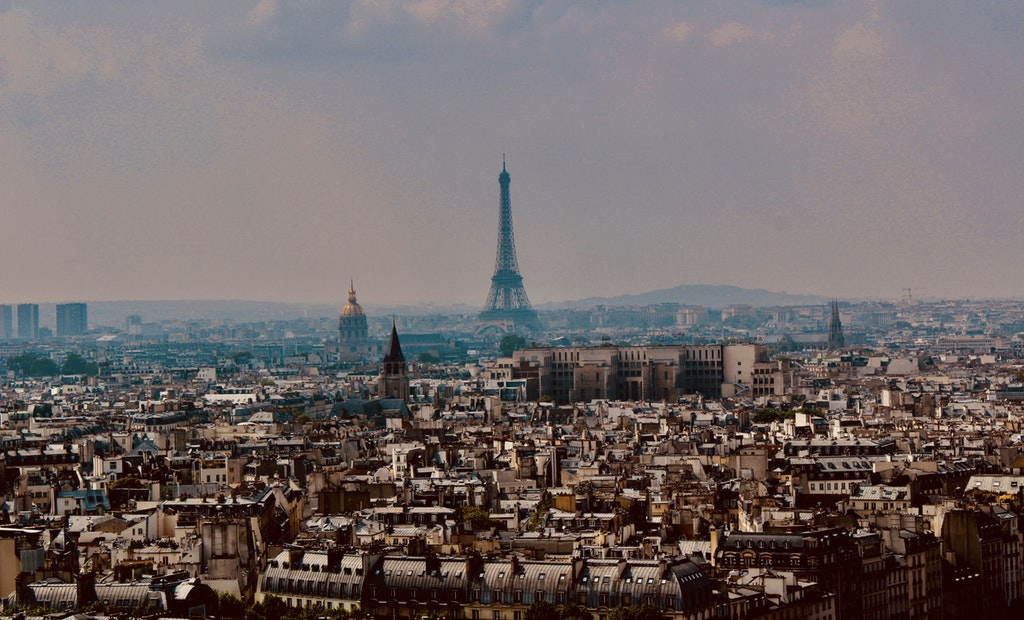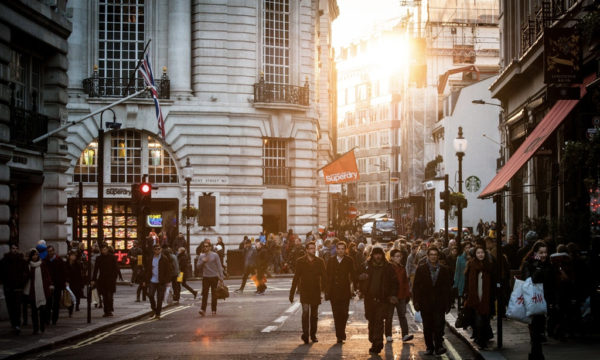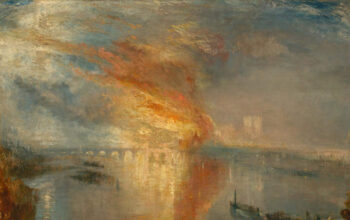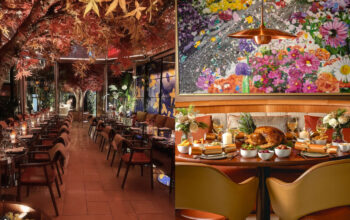Most iconic French landmarks to visit

France, a land steeped in history and beauty, offers a treasure trove of iconic landmarks that captivate visitors from around the globe. From the ancient aqueducts echoing Roman ingenuity to the towering iron latticework of the Eiffel Tower, each site tells a unique story of the past and present. Embark on a journey through France’s rich tapestry of sights, where every corner holds a piece of the world’s most celebrated heritage.
Port du Gard & surrounding Marseille
The Pont du Gard, a majestic example of Roman architectural mastery, is not just an aqueduct but a testament to the ingenuity of ancient engineering. Constructed in the 1st century AD, it spans the Gardon River, showcasing the Romans’ ability to blend functionality with aesthetic grandeur. This UNESCO World Heritage site, built to carry water to Nîmes, stands as one of the best-preserved pieces of Roman infrastructure. Its precise stonework, achieved without mortar, and the harmonious design of its three-tiered arches reflect a sophisticated understanding of construction.
In the vibrant vicinity of Marseille, a short journey from this historical marvel, lies the serene Calanque De Port Pin. Among some of the best beaches in the south of France, it offers a stunning natural landscape of crystal-clear waters and picturesque coves. This tranquil beach provides a delightful contrast to the ancient magnificence of the Pont du Gard, illustrating the diverse beauty of the French landscape. You may consider relocating to this country if you want to enjoy the local beauties and benefit from all France has to offer.
The Eiffel Tower
Every city in France has its symbol. The Eiffel Tower is the one of Paris; an architectural masterpiece, it stands as a beacon of human innovation and artistry. Constructed by Gustave Eiffel for the 1889 Exposition Universelle, it was initially criticised for its daring design, yet it swiftly became an enduring emblem of the city. Towering at a majestic height of 324 metres, its intricate iron lattice work is not only an engineering feat but also a testament to the aesthetic vision of its era.
The tower’s three viewing platforms offer panoramic vistas of the Parisian skyline, attracting millions of visitors each year. At night, it transforms into a luminous spectacle, further cementing its status as a monument of romance, inspiration, and timeless beauty.
Notre-Dame Cathedral
Notre-Dame Cathedral, a jewel of Gothic architecture, stands at the heart of Paris, embodying centuries of history and artistry. Constructed over 200 years, starting in 1163, its revolutionary use of flying buttresses, towering spires, and the iconic gargoyles capture the essence of Gothic style. Inside, its stained glass windows and grand organ are as breathtaking as its intricate façade.
The cathedral’s role extends beyond a religious sanctuary, serving as a backdrop to pivotal historical moments. The fire in April 2019, which caused significant damage, sparked a global outcry and a massive restoration effort. This restoration not only aims to repair but also to preserve the cathedral’s legacy for future generations, reflecting its enduring significance in French culture and world heritage.
Palace of Versailles
The Palace of Versailles, once the epicentre of French royal power, stands as a symbol of royal extravagance and baroque architecture. Initially built as a hunting lodge for Louis XIII, it was transformed by Louis XIV into an opulent palace with lavish decorations and intricate designs. The Hall of Mirrors, the King’s Grand Apartments, and the Queen’s Hamlet are just a few examples of its luxurious interior.
Surrounding the palace are the equally stunning Gardens of Versailles, designed by André Le Nôtre, featuring manicured lawns, elaborate fountains, and ornate sculptures, spanning over 800 hectares. This majestic ensemble reflects the height of French grandeur in the 17th and 18th centuries.
Mont Saint-Michel
Mont Saint-Michel, a spectacular island commune off the coast of Normandy, is a marvel of mediaeval architecture and geographical uniqueness. Perched atop this rocky islet, the Mont Saint-Michel Abbey, dating back to the 8th century, rises dramatically against the backdrop of the English Channel.
The island transforms with the tides, accessible by land at low tide and surrounded by water at high tide, creating a mystical appearance. Its winding streets, ancient buildings, and the majestic abbey are testaments to the architectural and monastic heritage of the Middle Ages. This UNESCO World Heritage site, with its blend of natural beauty and historical grandeur, continues to captivate visitors from around the world.
The editorial unit

























Facebook
Twitter
Instagram
YouTube
RSS